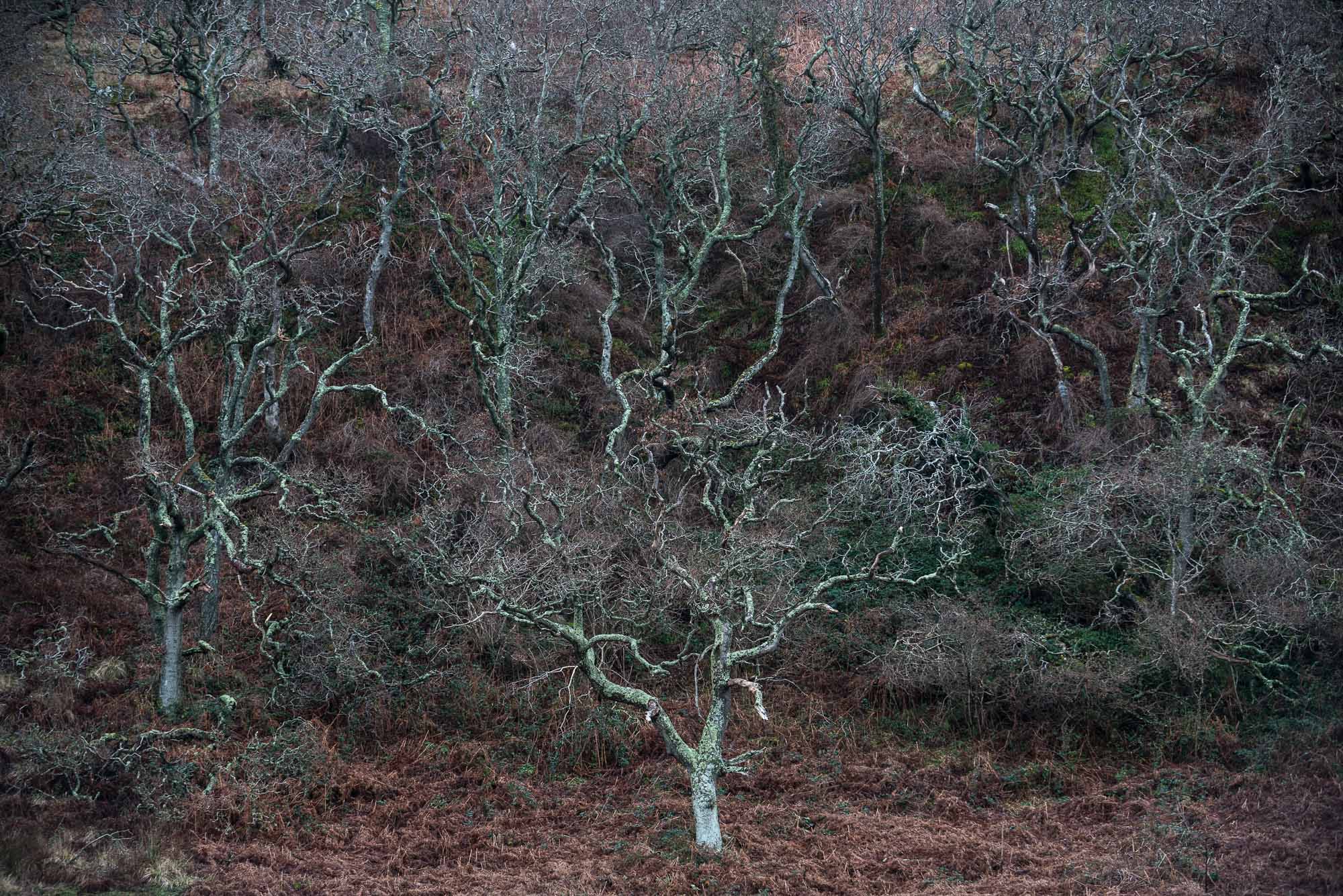fruits of their labours to date, weighing up their chances of success in competition A over B, paying the sum and saying bye bye to scaled jpegs, uploaded and dispatched for judge scrutiny.
They’re a lottery, no doubt about it, and the winning shots will invariably divide taste provoking shock and delight in equal measure. One simply cannot predict what the judges are looking for…is it that dreamy mist rising from a lake (as won LPOTY 2013), a sunset/rise…classic shots..or is that really unusual take on the familiar or a capture of something entirely new?
There’s no brief as such for the 10,000+ entrants who submit their images in the hope and belief that their work may have the edge over someone else’s. And as the selection process is usually lengthy, when the shortlisted yay/nay arrives in the inbox, the frenzied forum activity reaches the first of its peaks with elated and disappointed candidates airing their grief and reflections on a shared joy or frustration of yes!/why/not? The second peak occurs when the winners are announced and further shortlisted hopefuls are rejected. It’s a harsh process. One definitely needs to have a hopeful laisser-faire attitude about the whole thing…there’s only so much reflection one can do on one’s successes and failures when you’re unsure on what criteria you are being judged. Certainly assured technical competence is a given.
Twelve months ago, I decided to enter my first photographic competition (Landscape Photographer of the Year) and came nowhere. I’ve had several letters of rejection since, and will doubtless have many more in the future, but for now, I’m happy with this, my first success.
I’d submitted a range of work for all tastes…some of those classic shots…but it was this one that judges thought had particular merit.
Here’s the story:
Iceland had blown my mind on the geological stakes, and when I realised that Arran also had features of outstanding geological importance, I was keen to visit and explore. Pirate’s cove is an area of fossilised sand dune with interesting concave linear textures scooped out by the erosion of the sea. The rock is intermittently covered by the tidal waters and at dawn and dusk with a low light and shadow play, the rock assumes a redder tone and the detailed textures are made more visible to the eye. I revisited these rocks on several occasions and was drawn to the abstract patterns more than the global features of the beach. I was keen to produce a sequence of images that were about the pattern elements alone and with a tilt-shift lens, was able to obtain a pin-point sharpness from the most proximal to the most distal elements of the frame both vertically and horizontally. Such lenses go some of the way to overcoming the depth of field limitations in conventional lenses but cannot compete with the flexibility of the view camera which is capable of much greater rise/fall/tilt and swing movements. Put simply, with my other lenses, the blur I would have had from both limited depth of field and diffraction aberration (due to stopping down to maximise that depth of field) would have defeated my creative intentions.
Have I hinted that using a tilt-shift lens is time consuming? Oh yes! One simply cannot rush taking photographs with this lens set-up…but that’s one of its pleasures…it really forces you to slow down and do things carefully…in the framing, the metering, the focussing…
Yep, my pictures taken with this lens (Nikon 45mm f/2.8 PCE for those who are interested) are definitely produced with love!
Here is the web address for the Landscape Photographer of the Year winners: http://www.take-a-view.co.uk/2014_winners.htm
















